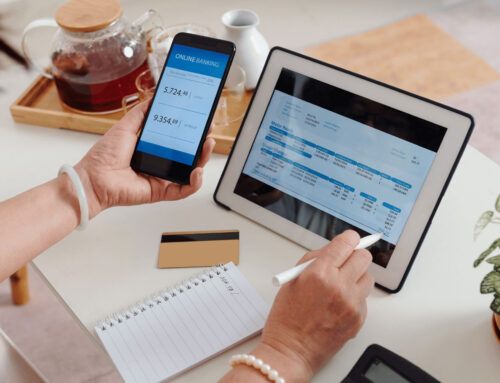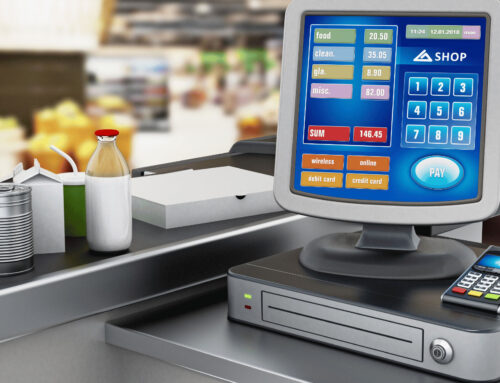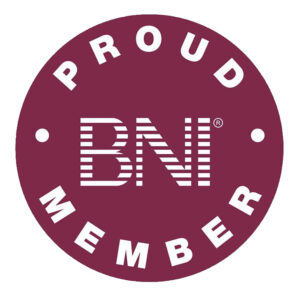What does POS Stand For?
Often, you'll encounter the term POS in the retail and business sector. What does POS stand for? The abbreviation POS stands for "Point of Sale". It's a system that helps businesses manage their sales and inventory. But there's a lot more to unpack here, so let's dive deeper into the world of POS systems.
What does POS Stand For?
POS: An Initial Understanding
POS stands for Point of Sale, a crucial system in the retail and hospitality industry. This system facilitates the moment where a customer executes a transaction for goods or services. It can include various hardware and software, such as cash registers, touch-screen displays, barcode scanners, receipt printers, and more.
The Significance of POS
The POS system serves as the central hub of business operations. It records sales transactions, tracks inventory, and generates reports, among other functions. This dynamic tool streamlines businesses operations and aids in strategic decision-making.
Evolution of POS Systems
Remember the old, chunky cash registers? Those were the predecessors of modern POS systems. Over the years, POS systems have evolved from simple cash registers to sophisticated systems integrated with various technologies. Today's POS systems offer an array of features, from tracking customer purchase behavior to managing inventory in real time.
POS System: Anatomy and Operation
Components of a POS System
A POS system comprises two main components: hardware and software. The hardware can include a cash register, a computer or a mobile device, a cash drawer, a barcode scanner, a card reader, and a receipt printer. The software, on the other hand, may be cloud-based or installed locally, depending on the system.
Working of a POS System
A POS system starts working as soon as a customer brings an item for checkout. The cashier scans the product, and the system fetches the product details from the inventory. The customer then pays, the transaction is recorded, and the inventory updated.
Types of POS Systems
Retail POS Systems
Retail POS systems are designed to handle a large volume of inventory and customers. They help retailers manage various operations, such as sales, returns, exchanges, inventory management, and customer relationship management.
Restaurant POS Systems
Restaurant POS systems are tailored to handle order management, table allocation, ingredient tracking, and other specific restaurant operations. They can integrate with kitchen display systems and online ordering platforms.
Selecting the Right POS System
Understanding Your Needs
Choosing the right POS system begins with understanding your business needs. What features do you need the most? Are you looking for a system that can handle your inventory? Or do you need a system that can manage your customer relationships?
Evaluating the Options
Once you have a clear understanding of your needs, the next step is to evaluate the available options. Look for systems that offer the features you need. Additionally, consider factors like cost, usability, customer support, and scalability.
The Future of POS Systems
Emergence of Mobile POS
Mobile POS systems are gaining popularity due to their portability and affordability. These systems operate on tablets and smartphones, allowing businesses to conduct sales anywhere in their store.
Integration with E-Commerce
As online shopping grows, POS systems are evolving to integrate with e-commerce platforms. This integration allows businesses to manage their online and offline sales from a single system.
FAQs
1. What does POS stand for in the business world?
POS stands for Point of Sale. It's a system that allows businesses to manage sales transactions and inventory.
2. Why is a POS system important?
A POS system is important because it simplifies sales transactions, manages inventory, generates reports, and helps in strategic decision-making.
3. What are the types of POS systems?
POS systems can be categorized into retail POS systems and restaurant POS systems, each with specific features catered to their respective industries.
4. How does a POS system work?
A POS system begins its operation when a customer brings an item for checkout. The cashier scans the product, the customer pays, the transaction is recorded, and the inventory updated.
5. What are the components of a POS system?
A POS system comprises hardware (cash register, a computer or a mobile device, a cash drawer, a barcode scanner, a card reader, and a receipt printer) and software.
6. What is the future of POS systems?
The future of POS systems lies in mobile POS systems and integration with e-commerce platforms.
Conclusion
In essence, POS, or Point of Sale, is an indispensable tool for modern businesses. As the backbone of sales and inventory management, POS systems bring efficiency, accuracy, and strategic insight. By understanding what POS stands for and how it functions, businesses can harness its full potential and drive growth. As technology evolves, so will POS systems, shaping the future of the retail and hospitality industries.
Your Content Goes Here













